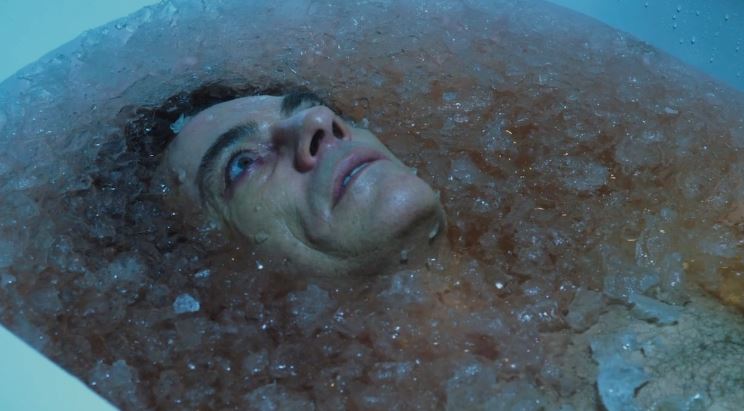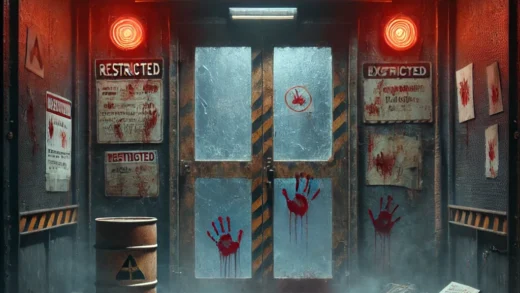“The Kidney Heist” is an urban legend and modern myth that has circulated for years in various forms. This chilling story typically involves an unsuspecting individual who is drugged or abducted, only to wake up in a bathtub full of ice with a note informing them that their kidney has been stolen for the black market organ trade.

The victim is left with a surgical incision on their lower back and the horrifying realization that one of their kidneys has been removed without their consent.
Here are some key points about “The Kidney Heist” urban legend:
1. Variations of the Legend:
The details of the legend may vary, but the core narrative remains consistent. The victim is typically a traveler or tourist who encounters a stranger in a bar or social setting.
They may be offered a drink, unknowingly drugged, and then wake up in a compromising situation.
2. The Illegal Organ Trade:

The legend taps into fears and concerns about illegal organ trafficking. The implication is that there is a shadowy and ruthless network of criminals who harvest organs from unsuspecting victims to sell on the black market.
3. Urban Legend Status:
Despite the widespread circulation of this story, there is no credible evidence to support its veracity. It is widely regarded as an urban legend—a fictional narrative designed to evoke fear and caution.
4. Fear of Vulnerability:
“The Kidney Heist” plays on people’s fears of vulnerability in unfamiliar or potentially dangerous situations. It serves as a cautionary tale about being cautious and aware when interacting with strangers.
5. Pop Culture References:
The urban legend has made its way into popular culture, appearing in books, movies, television shows, and even urban legends collections.
While “The Kidney Heist” is a compelling and chilling story, it is important to emphasize that it is a work of fiction and should not be taken as a reflection of reality. Organ trafficking is a serious criminal activity that law enforcement agencies worldwide work tirelessly to combat, but stories like this one are more rooted in folklore and urban legend than in actual events.






